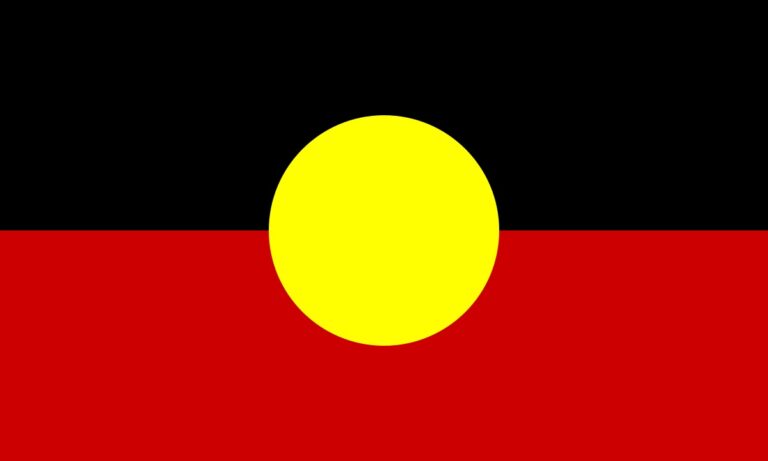Researchers
- Claire Wilkinson, Centre for Alcohol Policy Research, La Trobe University and Drug Policy Modelling Program, Social Policy Research Centre, UNSW.
- Janette Mugavin, Centre for Alcohol Policy Research, La Trobe University.
- Robyn Dwyer, Centre for Alcohol Policy Research, La Trobe University.
- Sarah Jackson, Cancer Council Victoria.
Summary
This report examines the Victorian City of Casey’s unsuccessful efforts to restrict the trading conditions of packaged liquor stores and prohibit the opening of a large chain packaged liquor outlet in Cranbourne East during 2011-2016
The case study focuses on the review proceedings and decisions at the Victorian Civil and Administrative Tribunal (VCAT) [Hunt Club Commercial Pty Ltd v Casey City Council (‘Hunt Club Question of Law’) and Hunt Club Commercial Pty Ltd v Casey City Council (‘Hunt Club Primary Proceeding’)], and Victorian Commission for Gambling and Liquor Regulation (VCGLR) [Woolworths Limited at Dan Murphy’s Cranbourne East Premises (Liquor-internal review].
The implications for local governments attempting to regulate packaged liquor outlets were explored through the analysis of the decisions of both regulatory bodies. Interviews were also undertaken with 14 participants involved in one or both sets of proceedings.
Key findings
- This case sets an ambiguous direction for the scope of public health considerations within planning permit decisions for licensed premises. The Hunt Club Question of Law decision suggests social harm impacts of alcohol will rarely be a relevant consideration in planning law. This ruling appeared to undermine the state amendments to the planning system which came into effect in 2008 and 2011. These amendments sought to reduce negative social impacts of alcohol outlets by requiring local councils, in determining whether to grant a planning permit for the use of land as licensed premises, to consider various impacts on the amenity of the surrounding area, including the ‘cumulative impact’ of existing and proposed licensed premises (2008), and requiring planning permits for packaged liquor licences (2011).
- Casey had not developed a local planning policy for licensed premises. In the Hunt Club Primary Proceeding, Casey’s action to impose additional trading conditions on the sale of packaged liquor through an amendment to the Cranbourne East Development Plan (which included an approved planning permit for Hunt Club), was partly undone by the absence of supportive local planning policy for licensed premises.
- Planning Practice Note 61 Licensed Premises: Assessing Cumulative Impact (‘Planning Practice Note 61’), the guideline provided by the Victorian Department of Environment, Land, Water and Planning on assessing the cumulative impact of licensed premises, had limited relevance to packaged liquor licence permit assessments and was likely detrimental to Casey’s regulatory effort.
- Participants in this case study observed that, in contrast to planning law applying to licensed premises, planning law does incorporate explicit considerations of social and economic impacts of new gaming machines.
- While Kordister Pty Ltd v Director of Liquor Licensing [2012] VSCA 325 (‘Kordister’) (a key precedent-setting licensing case in Victoria) was a landmark case in confirming harm minimisation as the primary object of the Liquor Control Reform Act 1998 (Vic), the Casey case study demonstrates it (the Kordister decision) has not meant that the VCGLR will necessarily decide against the greater availability of alcohol on harm minimisation grounds.
- The VCGLR ruling establishes a very high bar for refusing applications based on harm and suggests that new licences, in particular, which can only be assessed on the basis of future risk of harm, are very unlikely to be refused on the misuse or abuse of alcohol ground.
- The VCGLR placed less weight on locality evidence because it was based on raw numbers rather than on rates.
- The case has had a potentially chilling effect on local governments attempting to refuse or object to new packaged liquor licences in the future.
Recommendations
Planning and licensing legislation will need to change if local government attempts to restrict, refuse or object to, new outlets are to have a greater likelihood of being upheld upon review.
The report provides guidance for the Victorian Government to:
- support local governments in their role of assessing planning permit applications for packaged liquor outlets including consideration of the cumulative impact of multiple outlets.
- amend legislation to include the consideration of the social impacts of land use for licensed premises to mirror the purpose of the planning control for gaming.
- Consider the introduction of a health and wellbeing object in the Planning and Environment Act 1987 (Vic).
The report additionally recommends that local governments should:
- have a local planning policy for licensed premises already in their local planning policy documents to support determinations on planning permits for licensed premises.
- prepare locality evidence on a per capita basis rather than as raw numbers to support their case in relation to objections to liquor licence applications.
Finally, the liquor licence application and decision-making process should be reformed so that the onus is on the liquor licence applicant, rather than objectors, to provide relevant evidence in relation to the potential impacts of the proposed licence.






